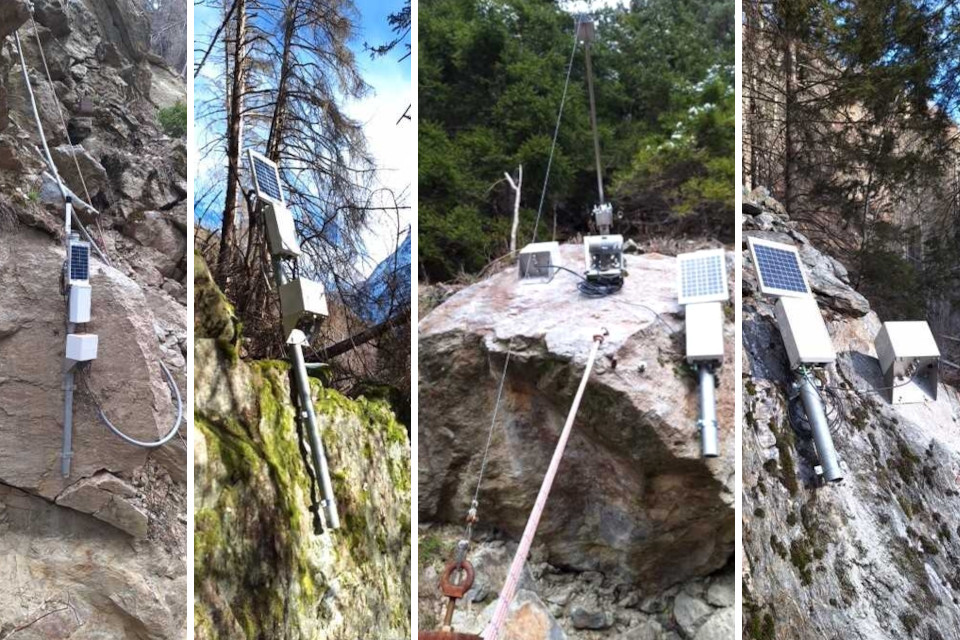LANDSLIDES: presenting the latest generation Wireless Sensor Networks
June 2025

Due to its geomorphological characteristics and significant urbanisation of the landscape, Italy is a country at high hydro-geological risk. For this reason CAE offers solutions aimed to mitigate the effects of the geological and hydro-geological risk, which takes the form of erosion of slopes, landslides, rock falls, sudden and rapid flow of debris, slow and continuous slope slipping over time.
These solutions can trigger automatic responses according to pre-set thresholds, stopping traffic and warning the population by means of traffic lights, light billboards, sirens and powered boom gates.
The systems we offer use wireless sensor networks distributed over the landscape in the form of a self-configuring mesh network; the flexibility of these tools allows simple and quick adaptation to different operating contexts and responding effectively to the various needs of the customers. In particular, they allow monitoring contexts that are difficult from the logistic point of view, where placing traditional cables would be arduous or excessively expensive. These monitoring and warning systems aim to protect the public under emergency conditions.
CAE is the current leader in Italy, and monitors more than 50 landslides in real time, in some cases with systems dedicated to a single specific landslide, in others with entire monitoring networks for several landslide masses.
CAE technology now comes in a new guise, WSNs will now consist of W-Master and W-Point with 868 MHz wireless communication modules and Modbus standard interfaces. The mechanical and energy components have been overhauled to make it easier for technicians to work on them. Specifically, new solar panel power modes and different battery types were introduced to make the system more flexible, depending on the site type and environmental conditions.
The simplification process has now also led to the development of new management software that allows the end user to design, configure, install and activate the network more easily.
This process resulted in standardising landslide monitoring technology, an increasingly indispensable feature.
Back to the index
